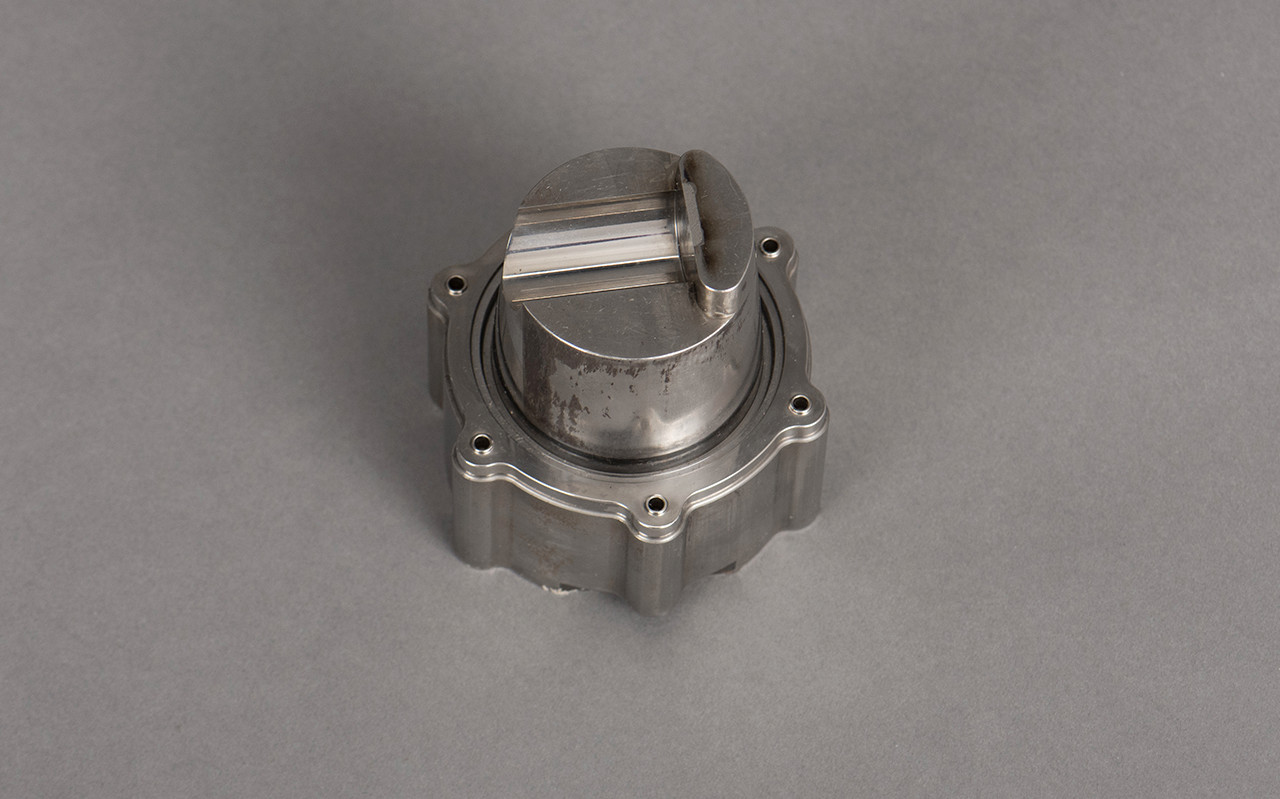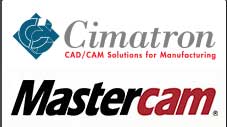Metal Injection Molding (MIM): A Versatile Manufacturing Process for Intricate Metal Parts
Metal Injection Molding (MIM) is an advanced manufacturing method that allows for the creation of small, complex metal parts in high volumes. Similar to plastic injection molding, MIM combines metal powders with plastic binders to create precise, detailed components. MIM is widely used across various industries due to its ability to produce intricate parts that would be expensive or challenging to manufacture using traditional methods. For all your metal injection molding needs contact Preferred Tool, located in Hugo Minnesota.
The MIM Process: From Metal Powder to Final Product
The MIM process begins with the preparation of metal powders, which are mixed with plastic binders to form a material that can be injected into molds. This mixture is injected into a mold, creating a “green part,” where the metal and plastic binders are still intact. The plastic binders are removed through a special solvent and heat process, which ensures that only the metal material remains.
The next step is called sintering, where the remaining metal particles are fused together through high temperatures, making the metal part solid and dense. This process must be controlled precisely to avoid melting the metal while ensuring that it contracts to its final size and shape.
Why Choose Metal Injection Molding?
Metal injection molding is particularly beneficial for producing small, intricate parts that require high precision and strength. Here are eight key reasons to consider MIM for your manufacturing needs:
1. Material Versatility
MIM can work with a variety of materials, including different alloys, offering flexibility in the types of metals used for production. This allows for the creation of parts with unique properties tailored to specific applications.
2. Intricate Part Design
MIM excels at creating highly detailed and complex shapes that might be difficult or costly to achieve using other methods. It allows for the production of intricate geometries with high precision.
3. Porosity Control and Lubrication
The MIM process allows for the regulation of the porosity in the final part, making it ideal for applications requiring filtering or lubrication capabilities.
4. Component Integration
MIM enables the creation of smaller components that can be combined to form a larger, more complex part. This ability to integrate multiple components helps streamline the design and assembly process.
5. Reduced Processing Steps
Unlike other metal shaping methods, such as machining, MIM eliminates the need for additional processing steps, such as milling or turning, simplifying production and reducing costs.
6. High-Quality Surface Finishing
MIM offers the potential for excellent surface finishes, improving the aesthetic and functional qualities of the final product. This is important for parts used in consumer goods and industrial applications.
7. Minimal Waste
MIM is highly efficient in terms of material usage, with waste levels typically as low as 2 to 5 percent. This contributes to cost savings and environmental sustainability.
8. Cost-Effective for Mass Production
Metal injection molding is extremely cost-effective for high-volume production runs, making it ideal for industries that require large quantities of small, complex metal parts. The cost per part decreases significantly as the production volume increases.
When Metal Injection Molding May Not Be the Best Option
While MIM is an excellent choice for small, intricate parts, it may not be necessary for simpler components or low-volume production. For basic parts or when only a few units are needed, other manufacturing methods may be more appropriate. Additionally, the cost of purchasing the necessary equipment or molds for MIM might not be financially viable for all companies, especially smaller businesses.
The Role of MIM in Modern Products
MIM is increasingly used in the production of various everyday products, from consumer electronics to automotive parts. Many of the metal components found in products like cell phones, medical devices, and automotive components are created through metal injection molding.
In fact, when you look around at the products in your home, it’s likely that many of them contain metal components that were produced using MIM. From the smallest fasteners to more complex structural parts, MIM has become an essential manufacturing method for creating high-quality, reliable metal components used in countless industries.
Conclusion
Metal Injection Molding offers a wide range of benefits, from material flexibility and intricate part design to cost-effectiveness and minimal waste. It is the ideal choice for manufacturing small, complex metal parts in large quantities. Whether you’re in the automotive, electronics, or medical industry, MIM is a powerful tool that can help bring your product ideas to life with precision, efficiency, and strength. For all your metal injection molding needs contact Preferred Tool, located in Hugo Minnesota serving all of Minnesota.


